The Garforth Liberal Club closed in August 2014, following 128 years as a feature of Main Street, having been established in 1886 in a smaller building on the same site. That same year, William Gladstone served the third of his four terms as the liberal prime minister. Main Street was then known as Briggate, from the old Norse words ‘brig’ (bridge) and ‘gata’ (road), meaning ‘the road leading to the bridge’. Briggate long remained the name of Garforth’s main street.
A plaque documenting the history of The Briggate.
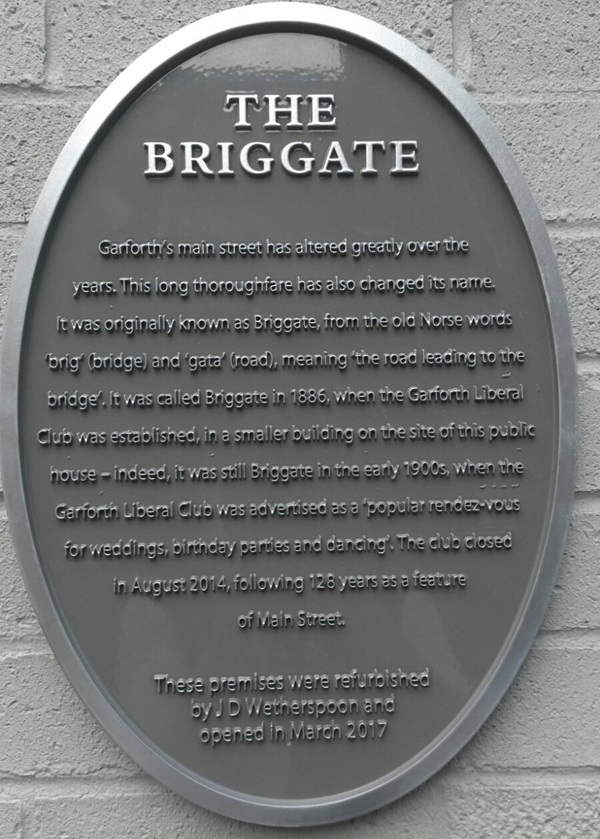
The plaque reads: Garforth’s main street has altered greatly over the years. This long thoroughfare has also changed its name. It was originally known as Briggate, from the old Norse words ‘brig’ (bridge) and ‘gata’ (road), meaning ‘the road leading to the bridge’. It was called Briggate in 1886, when the Garforth Liberal Club was established, in a smaller building on the site of this public house – indeed, it was still Briggate in the early 1900s, when the Garforth Liberal Club was advertised as a ‘popular rendezvous for weddings, birthday parties and dancing’. The club closed in August 2014, following 128 years as a feature of Main Street.
These premises were refurbished by JD Wetherspoon and opened in March 2017.
Text about the surname Gascoigne.
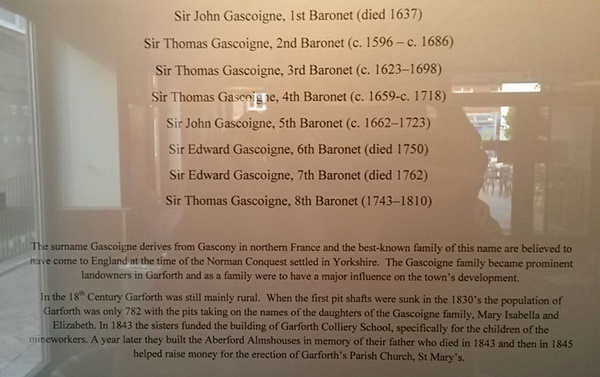
The text reads:
Sir John Gascoigne, 1st Baronet (died 1637)
Sir Thomas Gascoigne, 2nd Baronet (c1596–c1686)
Sir Thomas Gascoigne, 3rd Baronet (c1623-98)
Sir Thomas Gascoigne, 4th Baronet (c1659-c1718)
Sir John Gascoigne, 5th Baronet (c1662-1723)
Sir Edward Gascoigne, 6th Baronet (died 1750)
Sir Edward Gascoigne, 7th Baronet (died 1762)
Sir Thomas Gascoigne, 8th Baronet (1743-1810)
The surname Gascoigne derives from Gascony in northern France and the best-known family of this name are believed to have come to England at the time of the Norman Conquest settled in Yorkshire. The Gascoigne family became prominent landowners in Garforth and as a family were to have a major influence on the town’s development.
In the 18th century Garforth was still mainly rural. When the first pit shafts were sunk in the 1830s the population of Garforth was only 782 with the pits taking on the names of the daughters of the Gascoigne family, Mary Isabella and Elizabeth. In 1843 the sisters funded the building of Garforth Colliery School, specifically for the children of the mineworkers. A year later they built the Aberford Almshouses in memory of their father who died in 1843 and then in 1845 helped raise money for the erection of Garforth’s Parish Church, St Mary’s.
A photograph of Briggate, Garforth.
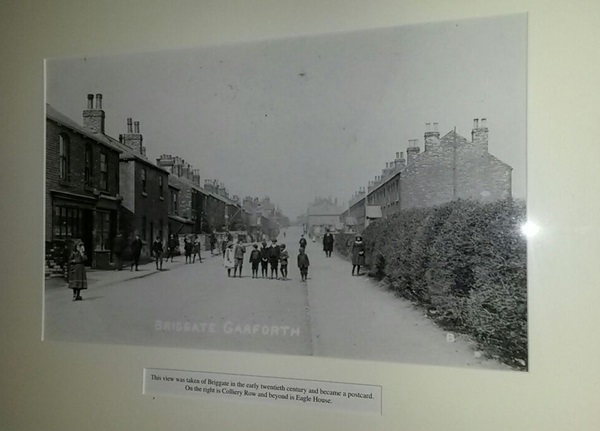
The text reads: This view was taken of Briggate in the early twentieth century and became a postcard. On the right is Colliery Row and beyond is Eagle House.
A photograph of Hilderthorpe Terrace, Garforth.
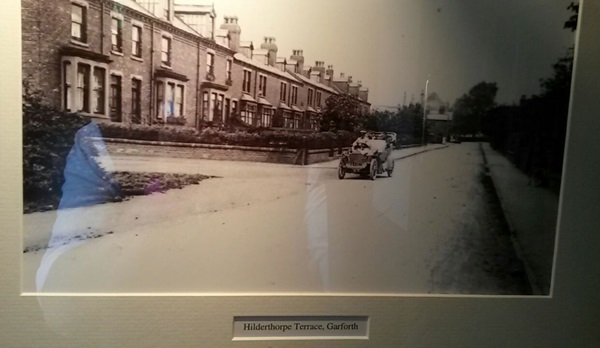
A photograph of Occupation Lane, Garforth.
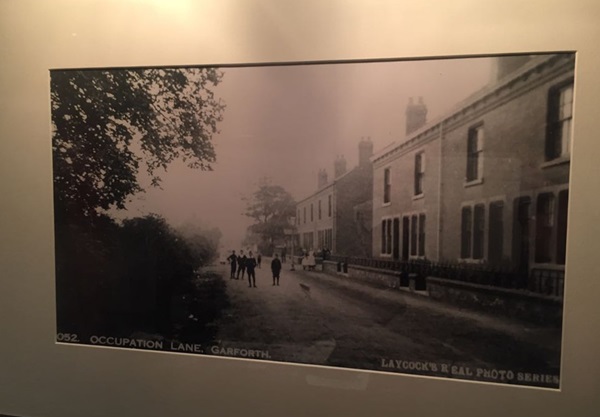
A photograph of the Garforth flame safety lamp.
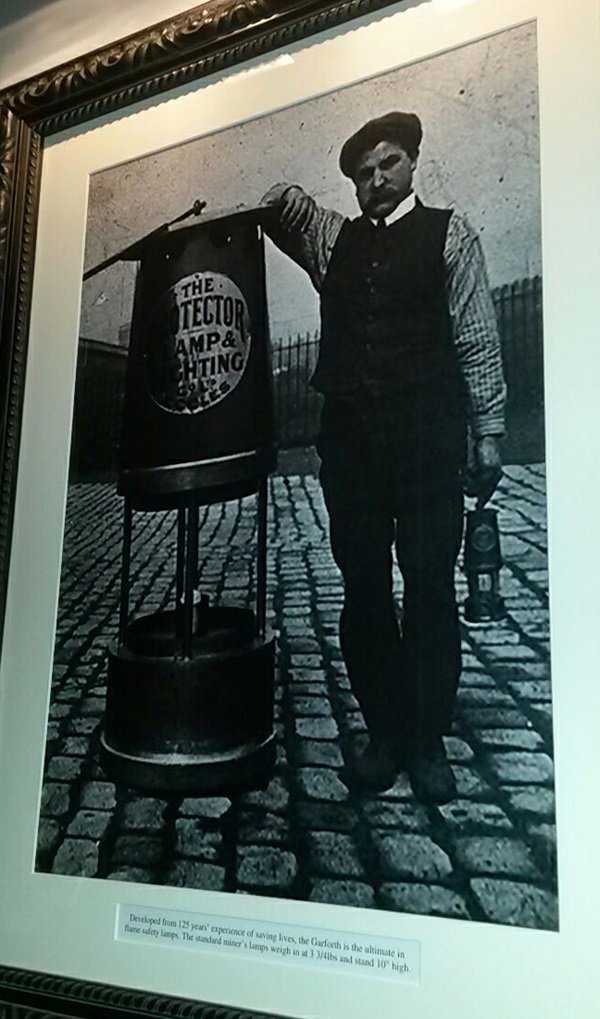
The text reads: Developed from 125 years’ experience of saving lives, the Garforth is the ultimate in flame safety lamps. The standard miner’s lamps weigh in at 3 3/4lbs and stand 10” high.
An illustration and text about the land in Garforth.
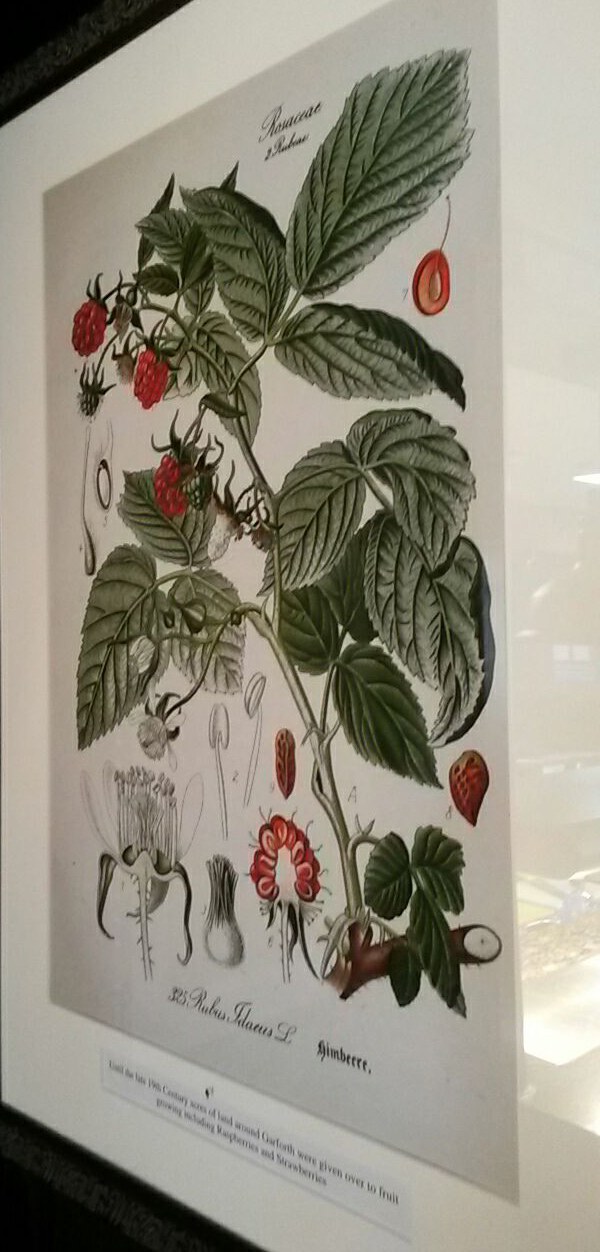
The text reads: Until the late 19th century acres of land around Garforth were given over to fruit growing including raspberries and strawberries.
A photograph of Briggate, Garforth, from the south.
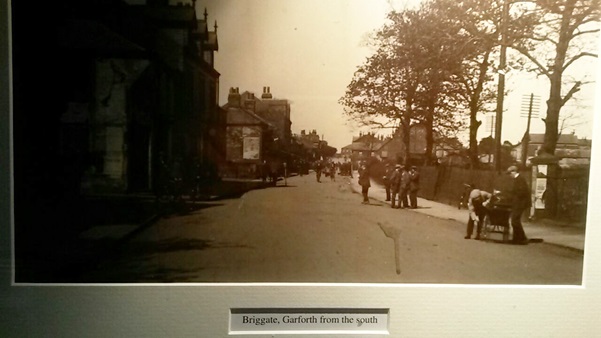
A photograph and text about growing rhubarb.
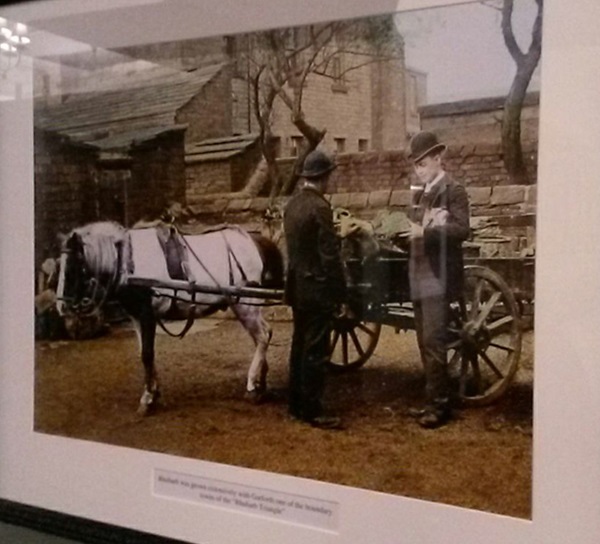
The text reads: Rhubarb was grown extensively with Garforth one of the boundary towns of the “Rhubarb Triangle”.
A collection of original antique and vintage mining memorabilia.
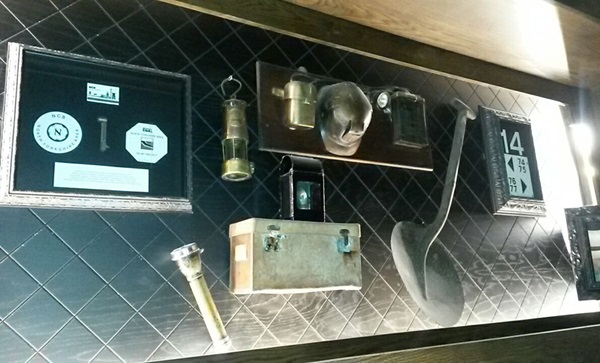
These include: Leather explosives carry case, Coal miners rounded shovel, leather helmet with Oldham battery pack and MSA tin, colliery underground directional signage, Ceag Barnsley safety torch, Texolex Helmet, Tinplate open flare lamp and an Eccles miners lamp.
External photograph of the building – main entrance.
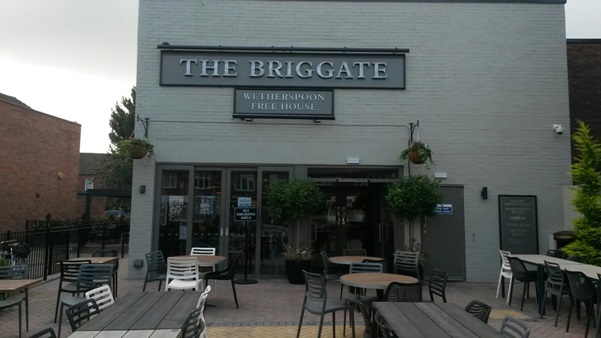
If you have information on the history of this pub, then we’d like you to share it with us. Please e-mail all information to: pubhistories@jdwetherspoon.co.uk